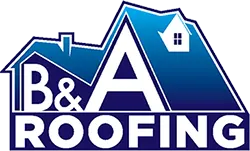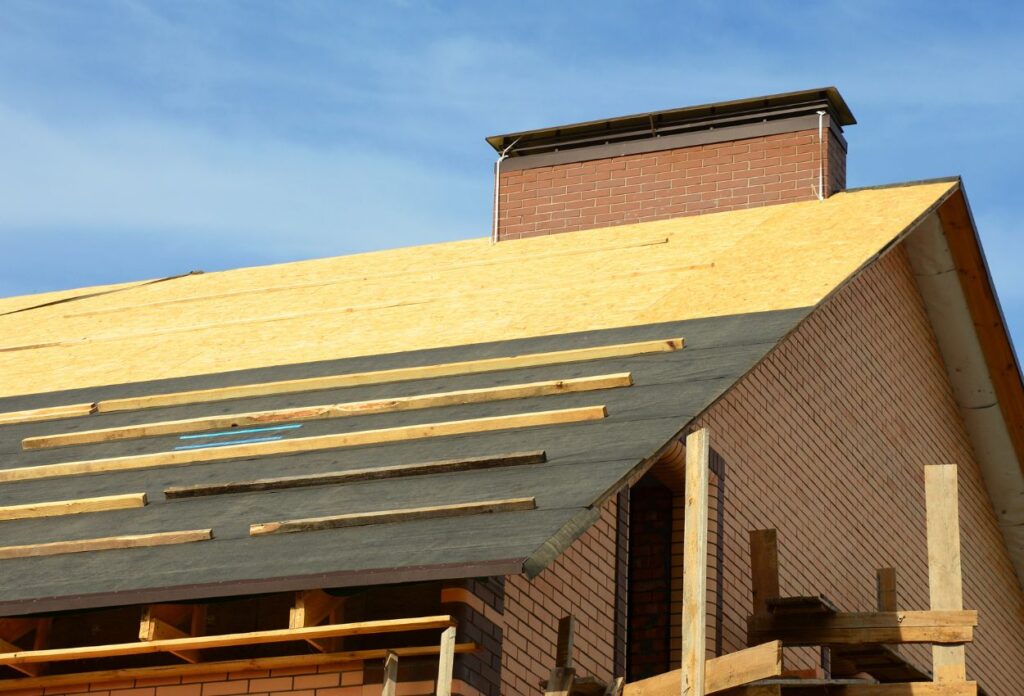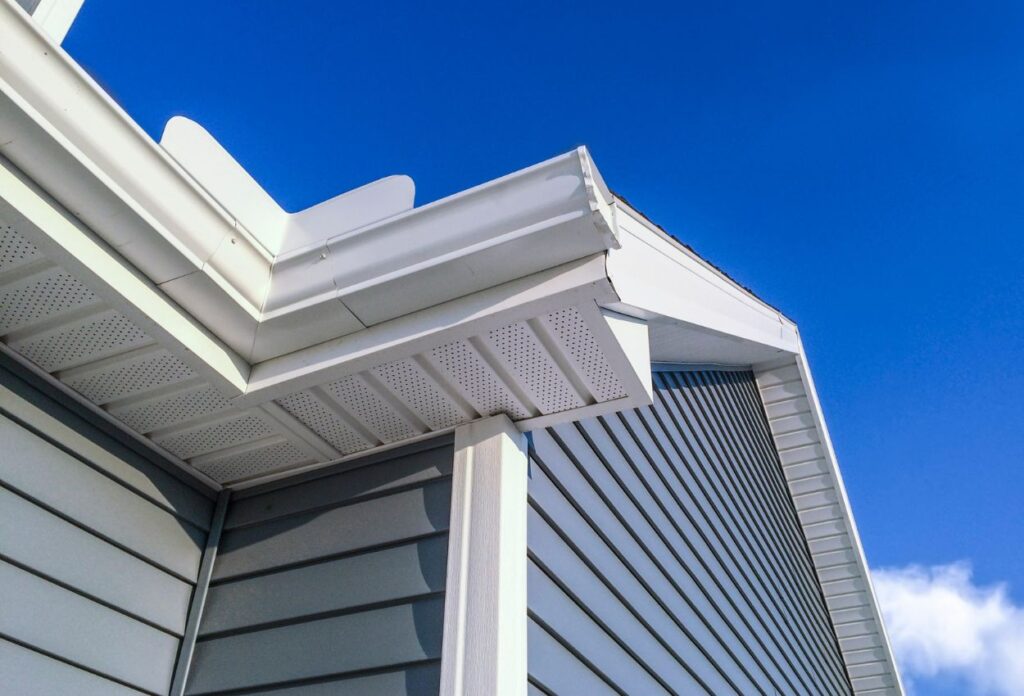Instant Roof Quote
 ×
×
South MS: (601) 520-3183
North MS: (662) 636-7663
North AL: (256) 692-5527
Meridian, MS: (601) 841-3218
Do You Need To File An Insurance Claim
Posted on April 23, 2025

After a heavy rainstorm or any other period of extreme weather, have you ever thought about what’s really protecting your home? Many homeowners assume it’s just the roof shingles, but in reality, there’s a lot more to it. A roof is made up of multiple layers, each playing a very crucial role in keeping you and your home safe from these weather elements. That is why, as a homeowner, it is essential to understand these 12 essential layers of a roof that help you take better care of your roof and protect your investment.
Let’s delve into this blog post to break down each layer and explain its purpose and why it matters.
Here’s a clear breakdown of the different layers of a roofing system to help you understand its job as a complete, working system rather than just one structure:

As the foundational layer of a roofing system, roof decking—also called sheathing—provides a sturdy base for shingles, underlayment, and other materials. It is a crucial roof part typically made from plywood or oriented strand board (OSB) and is installed over the roof frame to create a solid, stable surface.
Beyond its structural role, roof decking helps distribute weight evenly, protecting the home from heavy loads like snow and wind. It also keeps out moisture, preventing leaks and ensuring the overall durability of the roof layers. Without a strong, properly installed decking layer, the entire layered roof could weaken over time.

Regulating indoor temperatures, insulation plays a key role in keeping homes comfortable year-round. It reduces heat loss in winter and minimizes heat gain in summer, helping lower energy bills. Common insulation materials include fiberglass batts, spray foam, and rigid foam boards, all of which create a barrier between the home and the outdoor environment.
Besides improving energy efficiency, insulation prevents condensation buildup in attics, reducing the risk of mold and structural damage. It also helps with soundproofing by blocking outside noise, making the home quieter and more comfortable.

Ensuring proper airflow within the attic, roof ventilation systems help maintain a balanced temperature and reduce moisture buildup. These systems include intake vents, such as soffit vents that bring in cool air and exhaust vents, like ridge vents, that release hot, stale air. Effective ventilation prevents heat from accumulating in the summer, reducing cooling costs and preventing shingle damage. In the winter, it helps prevent the formation of ice dams by maintaining steady attic temperatures.
Ventilation protects roof layers from moisture damage and extends their lifespan by keeping air circulating. Depending on their needs, homes can use either passive systems, like ridge vents, or active ones, such as solar-powered fans.
Acting as a protective barrier, a drip edge is a piece of metal flashing installed along the roof line to direct rainwater away from the home. Made from aluminum or galvanized steel, it sits beneath the shingles, but above the fascia board, preventing water from seeping into vulnerable areas.
Without a drip edge, rainwater can damage the fascia, cause leaks, and even lead to foundation erosion. It also helps shield the roof peak from wind-driven rain that could push moisture under the shingles. Though older homes might not have them, modern building codes now require drip edges due to their vital role in preserving the anatomy of a roof and extending its lifespan.
Providing an extra layer of defense, an ice & water shield is a self-adhering waterproof membrane designed to prevent leaks in high-risk areas of a shingle roof. Applied beneath shingles in spots like valleys, eaves, and around chimneys, this membrane creates a tight seal against water infiltration.
Its polymer-modified bitumen composition ensures durability, even in extreme weather conditions. The shield also seals around nails, preventing water from seeping into the roof below. Particularly useful in areas with heavy snow and rainfall, this added layer amplifies the layers of a roofing system by improving resistance to leaks and extending durability.
Starter shingles are essential along the eaves and rakes, providing the first layer of protection. They establish a strong foundation for the main shingles while sealing roof layers against water infiltration and wind uplift. Made from asphalt, these shingles often include a self-adhesive backing that securely bonds with the subsequent layers. This watertight seal reduces the risk of leaks and prevents shingles from lifting up in strong winds. Beyond protection, starter shingles contribute to a uniform and visually appealing finish.
Working as a protective barrier, roof underlayment sits between the roof deck and shingles, but over the ice and water shield. providing an extra waterproofing layer. It prevents moisture from infiltrating due to rain, snow, and ice dams. Available in asphalt-saturated felt, synthetic materials, and rubberized asphalt, underlayment also helps reduce condensation that can lead to mold and rot. Some variations offer fire resistance and heat reflection, strengthening the anatomy of a roof for better energy efficiency. During construction, it serves as a temporary shield before the final roof layers are installed.
Designed to direct water away, roof flashing is installed around chimneys, vents, skylights, valleys, and roof lines. It safeguards these vulnerable areas from leaks, ensuring proper drainage. Made from corrosion-resistant materials like aluminum, galvanized steel, copper, or lead, flashing provides a waterproof seal that reinforces weak points in the layers of a roofing system. Its role is especially crucial in areas with heavy rainfall or snow, as it prevents water accumulation and structural damage. Proper installation ensures a long-lasting, seamless look that blends well with roofing materials.
As the outermost layer, shingles shield the roof line from environmental elements while enhancing curb appeal. Available in asphalt, wood, slate, metal, and composite materials, they repel water, block UV exposure, and withstand extreme weather. Their primary function is to protect the roof layers by preventing moisture from reaching the roof deck. With proper maintenance, high-quality shingles can last for decades, offering durability and energy efficiency. Additionally, they come in various styles, colors, and textures, complementing different architectural designs.
Ensuring protection at the highest point, ridge caps seal the joint where two slopes meet. They prevent moisture intrusion and reinforce wind resistance on this high-stress roof part. Designed for durability, ridge caps are built to withstand extreme weather conditions. When installed alongside ridge vents, they improve attic ventilation by promoting airflow and reducing heat buildup. Besides their functional benefits, ridge caps contribute to a finished look that strengthens the overall anatomy of a roof.
Roof coatings strengthen durability and weather resistance by providing an extra layer of defense. Made from acrylics, silicones, polyurethanes, or asphalt emulsions, these coatings create a seamless waterproof barrier that protects against UV rays, water damage, and thermal expansion. They are compatible with various roof parts, including metal and asphalt shingles, helping to improve longevity and reduce maintenance needs. Many coatings also have reflective properties that deflect sunlight, lowering cooling costs.

In order to collect and keep rain away from the building, gutters are an essential part of every roof system. They are positioned along the edges of the roof to collect water as it runs off the slope and direct it through downspouts to a secure drainage area. This process serves to keep water from collecting close to the foundation or on the roof. Over time, gutters help preserve the health of the roof and the entire house by controlling moisture and preventing issues like mold, water damage, soil erosion, and foundation cracks.
Protect all the different layers of your home with B & A Roofing and Gutters. Our expert team of roofers provides homeowners with the best roof inspection services that go beyond just shingles, evaluating all critical layers, from the sturdy decking to the vital underlayment and flashing. With our expertise, we will identify all the potential issues before they escalate into serious problems, ensuring your roof remains a strong defense against the elements. Schedule your inspection today at (601) 520-3183!
Don’t see your location? Call us! We Likelt serve your area too